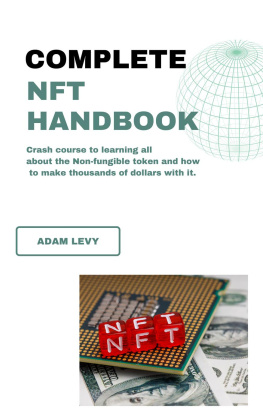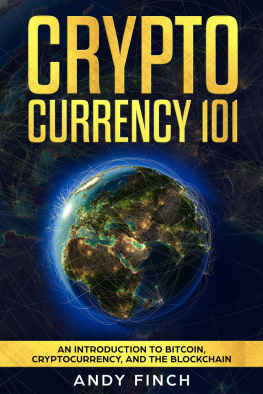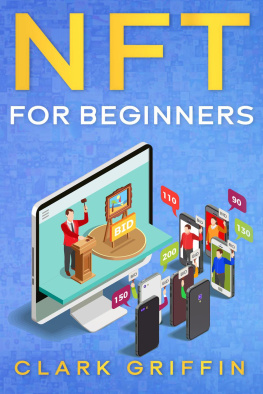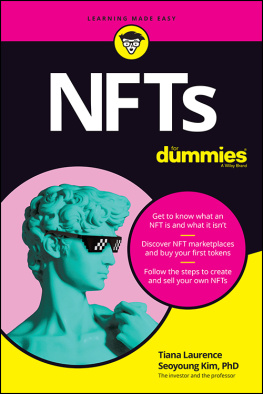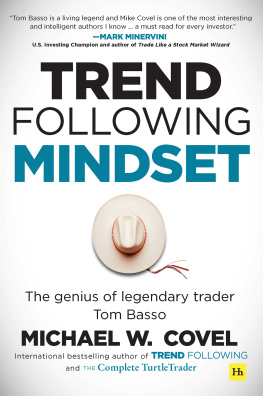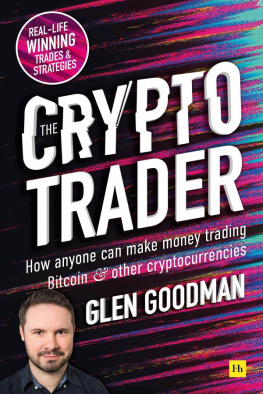THE NFT HANDBOOK: HOW TO CREATE, SELL AND BUY NON-FUNGIBLE TOKENS
ADAM LEVY
Copyright 2022 Adam Levy
All rights reserved. No part of this publication may be reproduced, distributed, or transmitted in any form or by any means, including photocopying, recording, or other electronic or mechanical methods, without the prior written permission of the publisher, except in the case of brief quotations embodied in critical reviews and certain other non-commercial uses permitted by copyright
Table of Contents
N on-fungible tokens , or NFTs, are one-of-a-kind assets such as an irreplaceable doge meme or an autographed tweet. NFTs can be anything from a piece of art to a domain name, a tweet, a piece of music, a trading card, or just about any other digital commodity with a monetary value.
The phrase "non-fungible token" refers to a token that cannot be substituted. Succinctly summarized, it is a blockchain-based digital token that serves as proof of ownership for the person holding it. Each token is one-of-a-kind because it has its own set of metadata that can never be duplicated or replaced. A good way to explain this is that while one can substitute a dollar bill for another dollar bill, one cannot substitute a train ticket for another train ticket as each ticket has its characteristics. It is the characteristic that makes NFTs exclusive and it is in this exclusivity that their value lies.
WHAT CAN NFTs DO?
Initially, the advantage of NFTs was that they allowed full ownership of digital things in a way that mirrored the "real world." However, NFTs are capable of far more. NFTs enable creators to continue earning royalties when their work is resold, which isn't possible with a tangible painting.
NFTs, offer to cut out the middleman in digital publication, allowing all types of artists to sell directly to their followers and fans to act as patrons. NFTs could pave the way for a return to an older style of the art community, where people support the artists, they like.
With NFTs, you can not only invest money in a budding artist by purchasing early work and profiting as the work's value rises, but you can also invest time spreading their reputation and profit when their value rises.
Some observers believe NFTs are confined to digital art and/or limited-edition topics, while others believe they have enormous potential for new labor, economic, and social value paradigms. "Crypto is going to dramatically transform finance, value, organization, governance, the internet, money, and more," writes Andrew Steinwold, an NFT expert. However, it is non-fungible tokens (NFTs) that will have the most profound impact on human civilization and culture"
NFTs can be anything from concert ticket stubs to virtual real estate like the Bronx Zoo, which is constructed on the metaverse platform CryptoVoxels12, to digital pet ownership.
Thought leaders propose that NFTs could serve as the foundation for virtual states, in which every NFT holder has an equal say in governance. In contrast, today's social media platforms function as dictatorships, with a small number of people able to evict members on the spur of the moment. With the convergence of NFTs and cryptocurrencies, entire economies could one day be built on digital assets.
T he first NFT dates back to 2012, when colored coins, also known as Bitcoin 2X, were launched. These were created using the Bitcoin network as a foundation. Bitcoin currently does not support smart contracts.
Users were still learning about cryptocurrency and its potential uses in 2012. Colored coins in Bitcoin 2X were denominated in BTC and could be as low as one Satoshi (smallest value of bitcoin),
Colored coins, despite being the first, only worked in a permissioned system. Nonetheless, this approach offered up exciting opportunities for experimentation. Counterparty's development in 2014 is credited with the next attempt to establish another NFT on top of the Bitcoin network.
It was a peer-to-peer financial platform and marketplace that relied on the limited Bitcoin network and was primarily intended to serve as a transactional layer. While it permitted the trading of game cards and memes, it wasn't until 2015 that the first game, Spells of Genesis, was released. The BitCrystals token was created as an in-game currency and NFT following its ICO and launch. More games were released in 2015 and 2016 before users switched to Ethereum.
The first NFT project, Peperium, was published, leveraging Ethereum's smart contracting and enhanced capabilities. It had a token called RARE, which was used to create Memes and pay listing fees. However, it wasn't until the creation of CryptoPunks, another NFT project that was more of a hybrid of the two tokens, that this occurred. The ERC-721 was created in 2017 in response to the popularity of CryptoPunks, laying the groundwork for the creation of many more NFT ventures. The ERC-721 standard is a technical standard for NFTs in Ethereum that allows individual tokens to be tracked within a block.
With clarity, there was a surge, beginning with CryptoKitties in January 2018 and continuing through the Cambrian explosion in 2019 and 2020, when various marketplaces including SuperRare, Rarible, and OpenSea made it possible to trade digital art on the blockchain.
Next page
